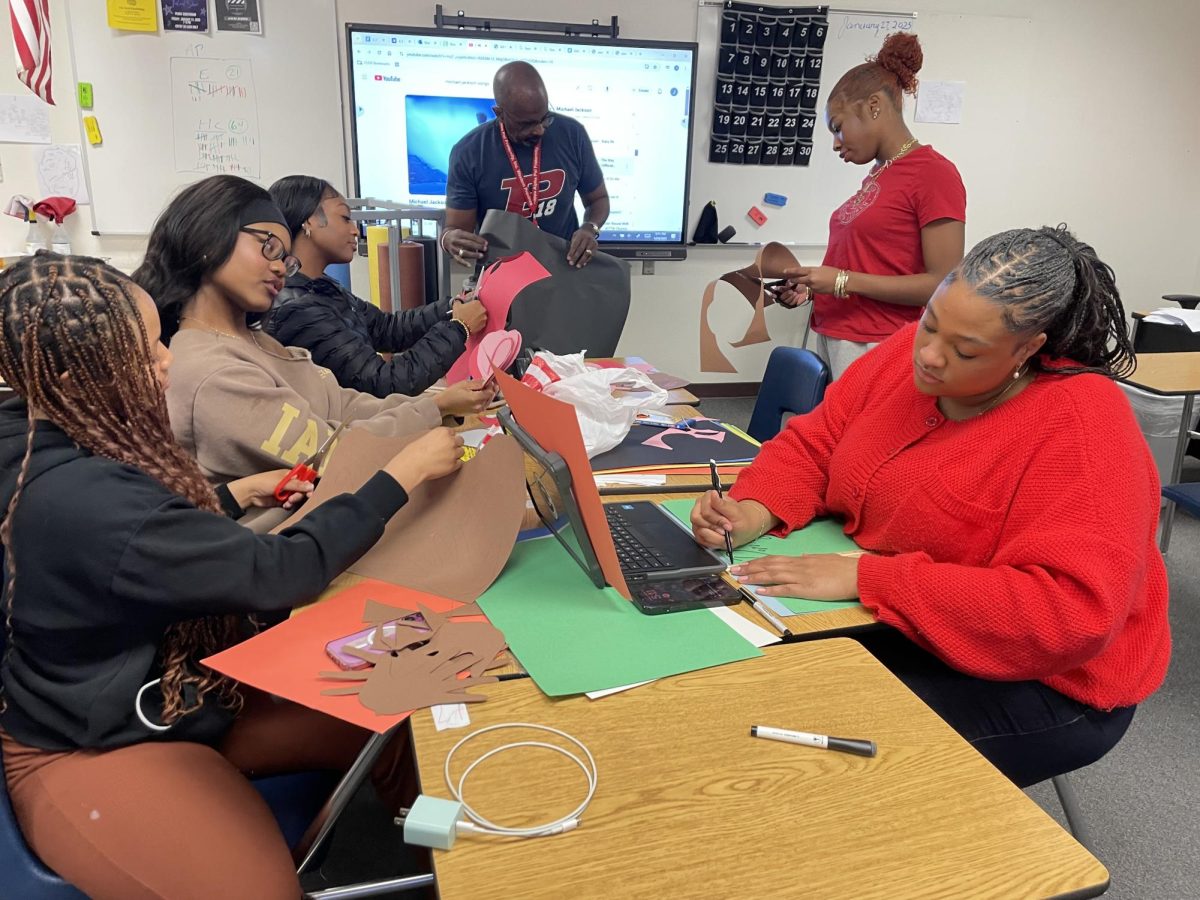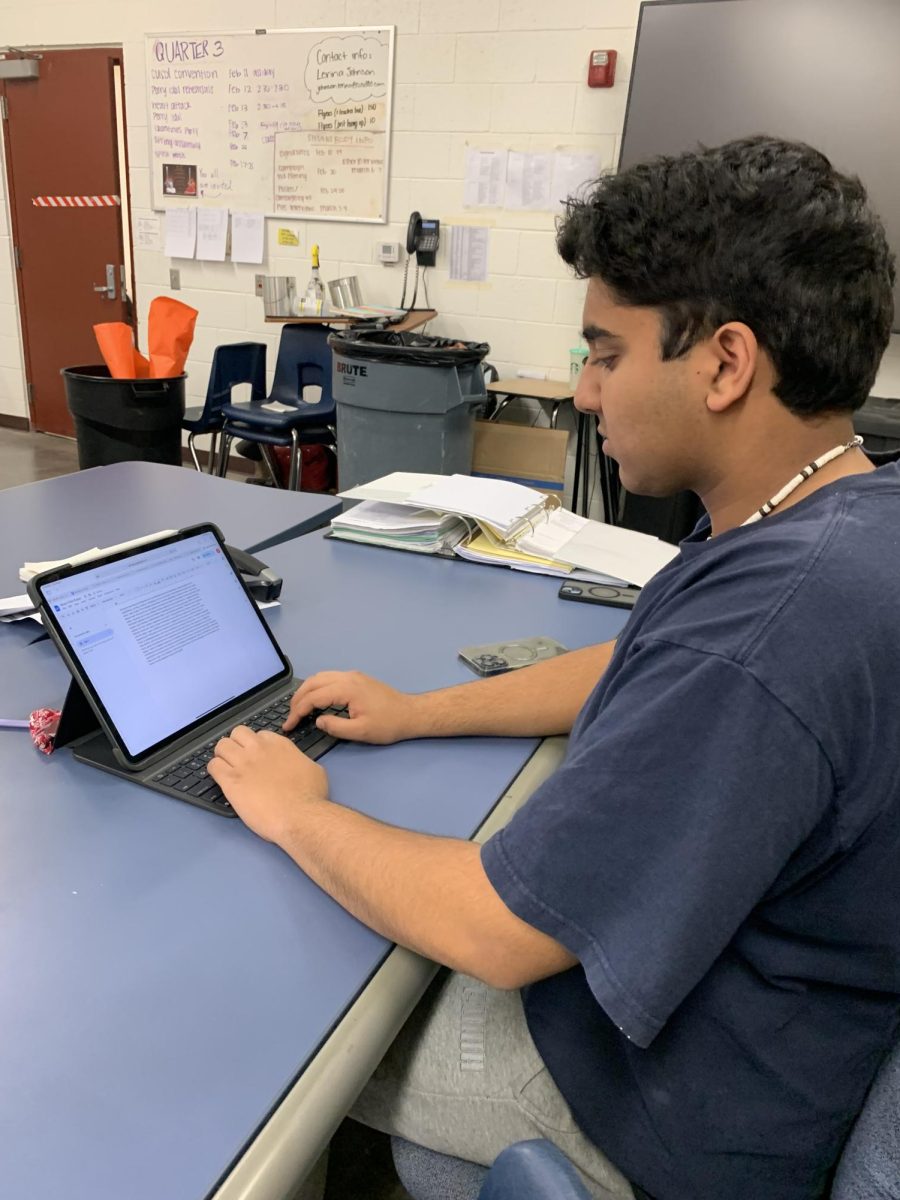Social media has become an epidemic in today’s society, evolving from MySpace to Facebook and now Twitter. With the growing availability of sites such as these, there come dangers and long-term consequences that are not obvious on the surface.
Exposure to social media begins at a very young age, creating safety and security issues that are not easily solved.
A post made online is instantly accessible to anyone on the internet. Twitter’s Privacy Policy warns that, “when you share information or content like photos, videos, and links via the Services, you should think carefully about what you are making public.”
Teenagers who do not think before posting may regret this later on when they enter the real world.
“You need to understand that at some institutions or employers will look at your accounts to see what kind of person you are,” Principal Dan Serrano said. “If they are going to spend a lot of money on you, they are going to look at what [they are] getting.”
Serrano cautions PHS teachers to refrain from posting content that they would be uncomfortable with their students seeing.
Tracking down someone’s online activity is a simple task, especially for potential employers, schools, and government officials. What a lot of people don’t think about, Serrano notes, is that social media is a platform to broadcast the type of person one is; in some cases that can make or break things such as job interviews. In fact, many organizations across the nation have implemented social media policies which warn their employees that the posts they make might put their employment in jeopardy.
According to IBM, 3.2 billion social media posts are made daily.
Students may not be aware, but CUSD is allowed to punish a student for a post that has potential to disturb the school, even if the post is made on the student’s own time, off campus, and in jest.
The student handbook states that, “if material posted, either at home or at school, is viewed as harassment or disruptive to the educational environment, students will be subject to disciplinary action.”
On the surface, the school’s surveillance of social media sites may seem like a violation of privacy to students; the rule clarifies that the purpose is not to encroach on students’ rights, but to maintain peace during the school day.




